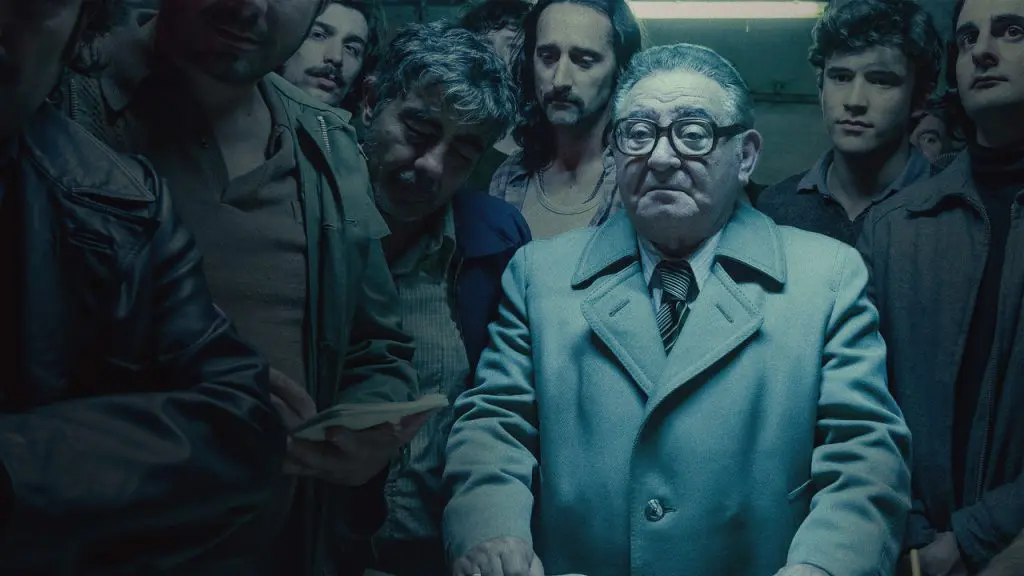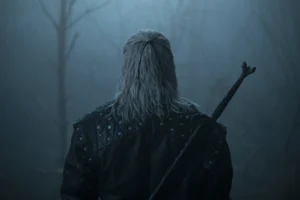Summary
Cocaine Coast presents nothing new, but it does give an impactful and less famous story involving illegal drug organisations from an autonomous community of Spain.
It’s almost like some important executive at Netflix enjoys dramas about drug-related gangs. Cocaine Coast (Fariña) tells the story of a group of winning but pitiful souls who infiltrate the illegal drug trade. Cocaine Coast feels a little different and it is not just the absence of Pablo Escobar, though he is referenced and used as an Easter egg throughout.
At the beginning of Cocaine Coast, Sito is a character that meanders happily in Galicia in the 80s, raiding fish on the coast, almost as if it were an accident. Small profits are made between himself and his father, and they battle the stormy weather as the coast police attempt to chase them down with accusations of fishing illegally. His efforts indirectly undermined a prominent tobacco smuggling organisation, who are equally impressed by his valiant fishing in the storm.
It feels almost romantic that Cocaine Coast bears the origin of a fisherman to a drug smuggler, which expands the story so we have an insight into the community of Galicia and the outside influence of the Colombians. Sito is not necessarily the main character in each episode, but he is the one you grab onto the most as Cocaine Coast dismantles him, a young fisherman who had a wonderful wife and two kids. The early episodes show a man clearly influenced by the thrill of smuggling tobacco, which conveniently converts to the more profitable cocaine. The thrill turns to danger, as his friend Roque turns into a “human trophy” if he does not deliver the 1 tonne of cocaine to Latin American suppliers on time.
Whilst the series is about a tobacco turned cocaine smuggler attempting to provide an entry point to Europe for Latin American suppliers, it serves as a message to how quickly greed can overcome the simplest of groups. Smuggling tobacco was child’s play, but the temptation to continue to grow, to gain more power, is a theme that runs through Cocaine Coast in each episode. The warring drug smuggling organizations are almost amateur in this series, but so is the sergeant trying to get them arrested.
It feels obscure when compared to other similar TV shows and films – the community of Galicia sells itself as an outsider, trying to understand the process of carrying out illegal activities and dealing with the police. We are so used to watching stories that display the arrogance of drug lords, knowing that they cannot be touched and understanding the best ports of distribution, that Cocaine Coast is a nice change. The series displays its gulf from other shows when Sito queries who Pablo Escobar is. This was not a moment of danger, it was a moment to signify that this is not a drug lord story; it’s the making of a drug lord story. It has some resemblance to the Breaking Bad.
The series has a simple structure with a title of the year with each episode, starting with 1981 and the finale set in 1990. Each episode displays the progression of the characters, with the problems and fruits of reward they face in the illegal drug trade. Cocaine Coast will not tell you anything new and the episodes are a little too long, but you will enjoy a different angle into the criminal organisations from an autonomous community of Spain.




